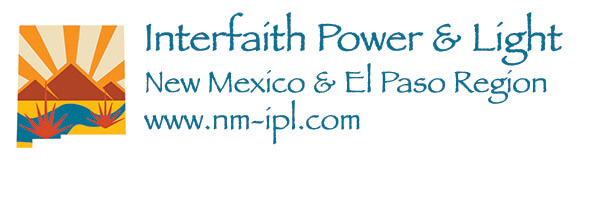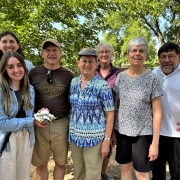(Excerpt from opinion piece published on Aug. 20 in The New Mexican in Santa Fe)
By Kayley Shoup
New Mexico’s groundbreaking rules to improve air quality by limiting air pollution from the oil and gas industry just took effect this month, and already the Independent Petroleum Association of New Mexico has launched a legal attack against them.
Make no mistake — this legal wrangling and foot-dragging from this association is not only bad for our air, it also wastes time and money that producers should be using to cut pollution. It is also a direct threat to the health of families in the Permian Basin because it could allow oil and gas operators to walk away from their responsibility to clean up after themselves and reduce the impacts on their workers, neighboring communities and all New Mexicans.
When the American Lung Association’s 2021 State of the Air Report gave failing grades for ozone pollution to New Mexico’s Eddy, Lea and San Juan counties, it was a wake-up call about the need for strong state regulations to tackle air pollution from the oil and gas industry. With the leadership of Gov. Michelle Lujan Grisham, the state Environment Department responded by developing nation-leading ozone precursor rules with the input of the oil and gas industry and New Mexicans from across the state. Major operators, including Occidental Petroleum, support the state’s approach, again highlighting how far out of the mainstream the Independent Petroleum Association of New Mexico is on this issue.
Read full article
Kayley Shoup was born and raised in Carlsbad, where she now works as a community organizer with Citizens Caring for the Future, (an affiliate of New Mexico El Paso Region Interfaith Power & Light).

